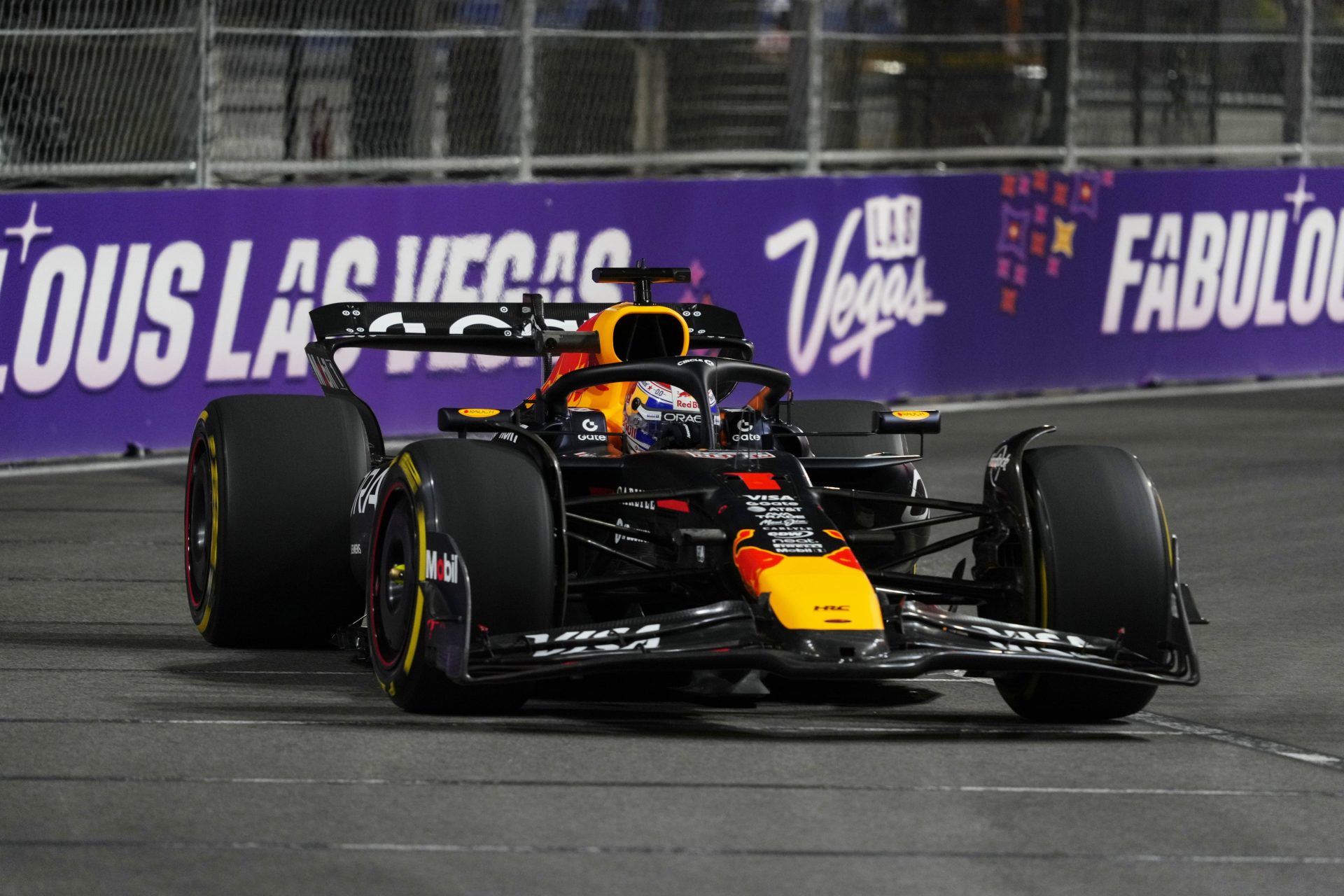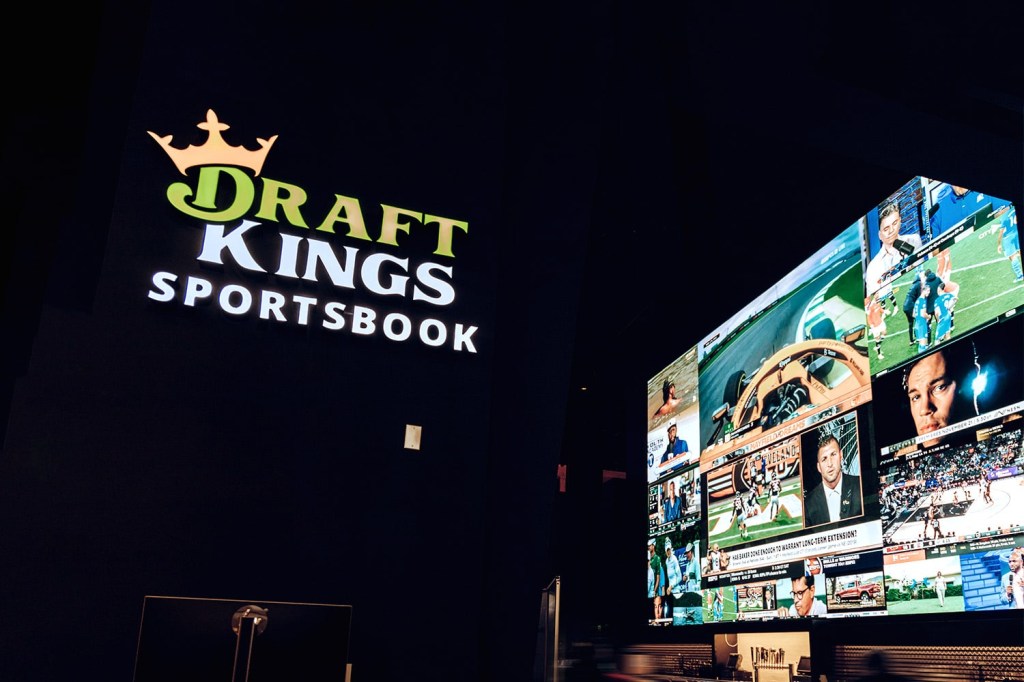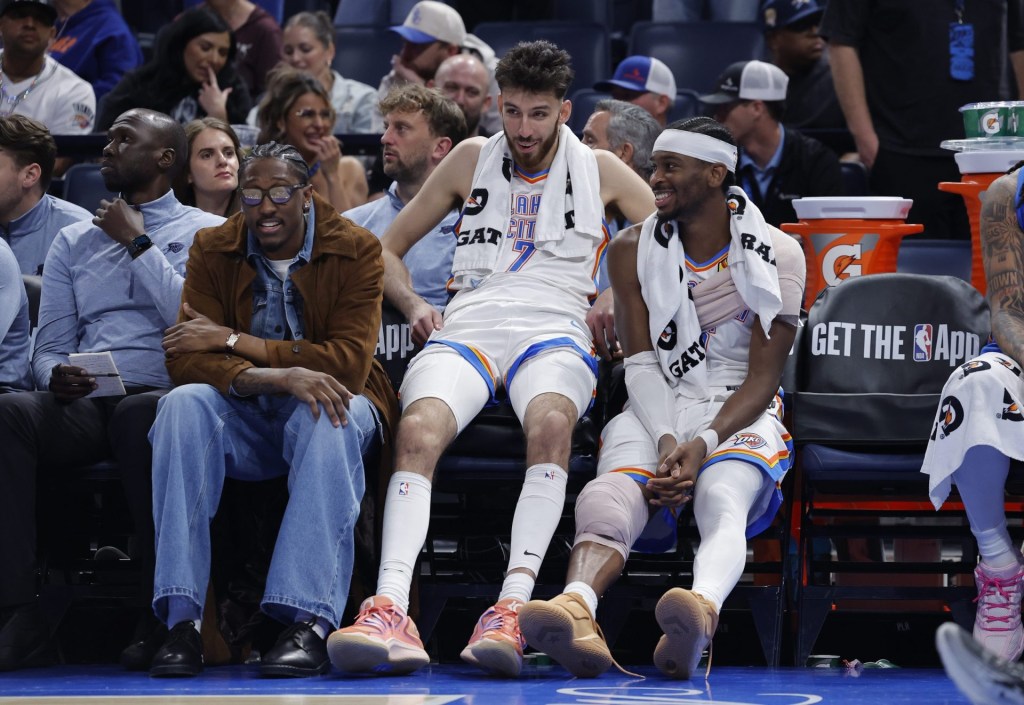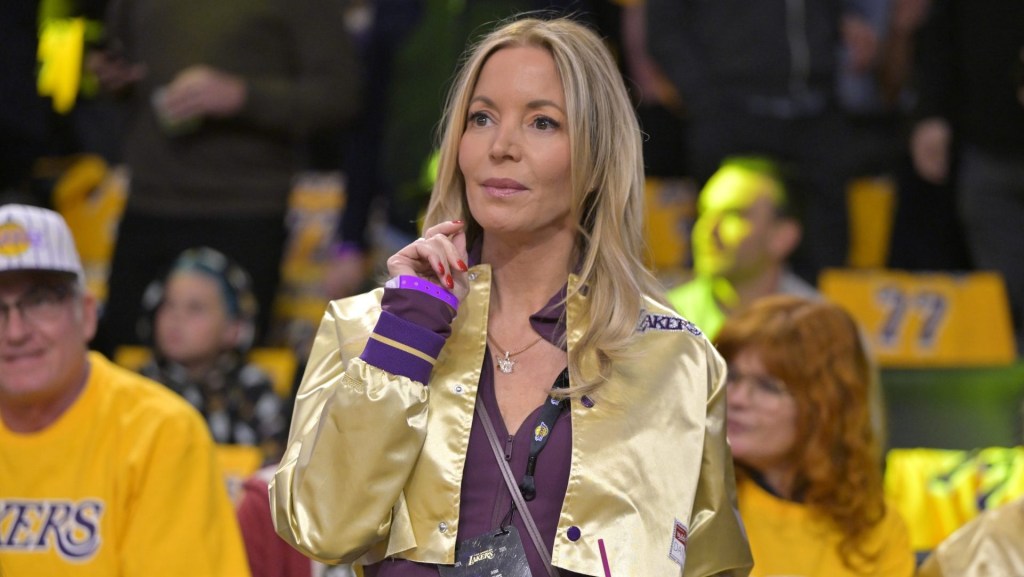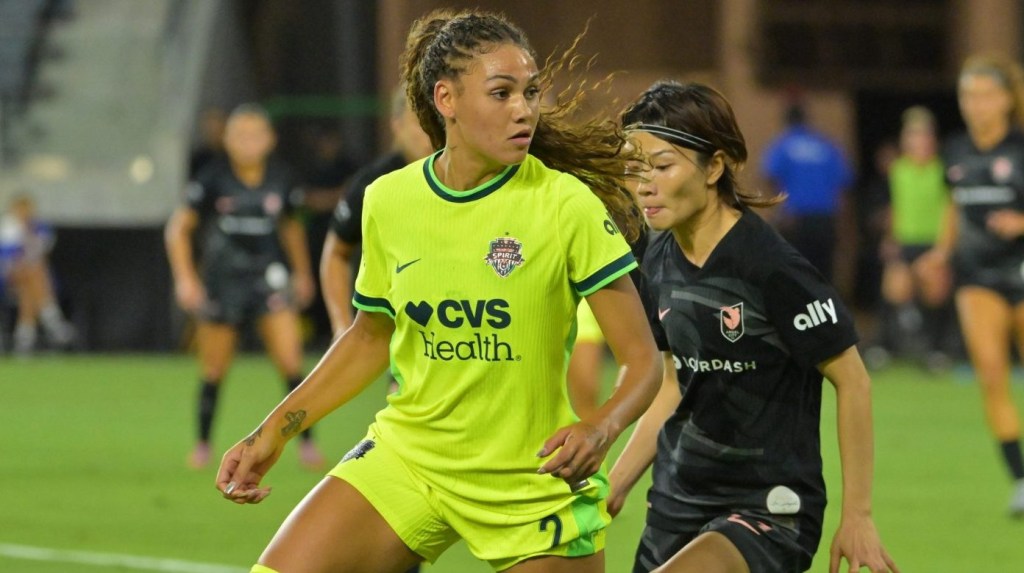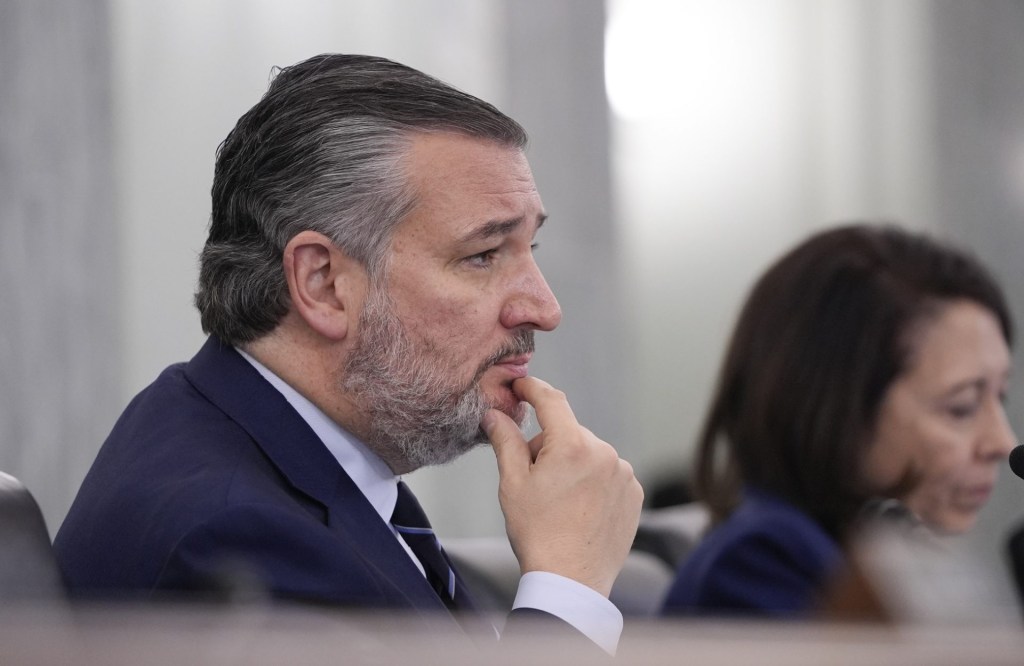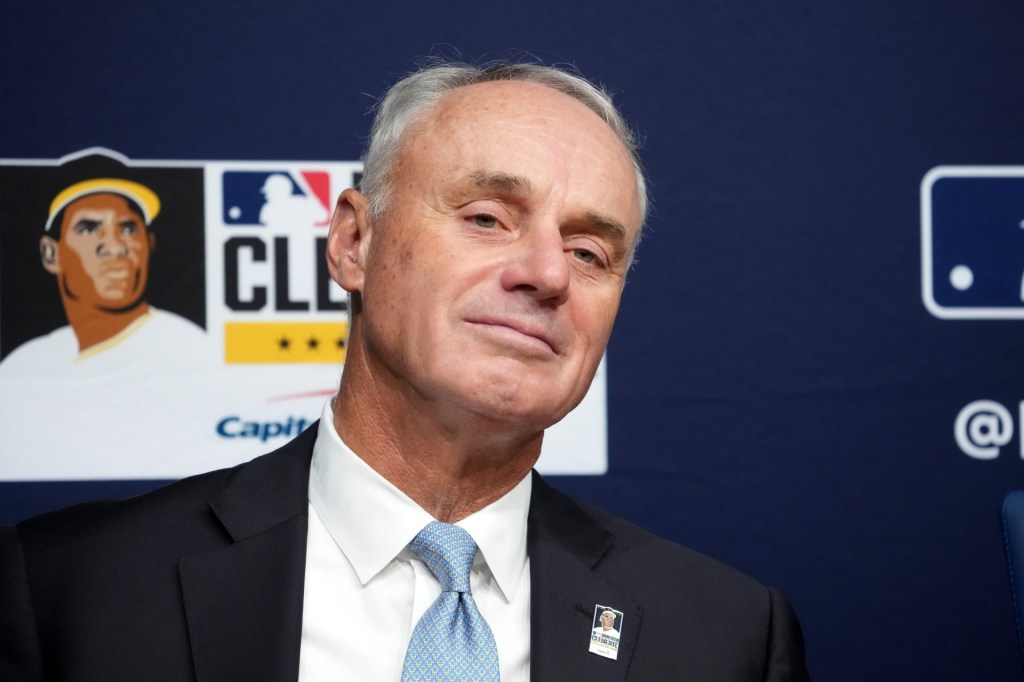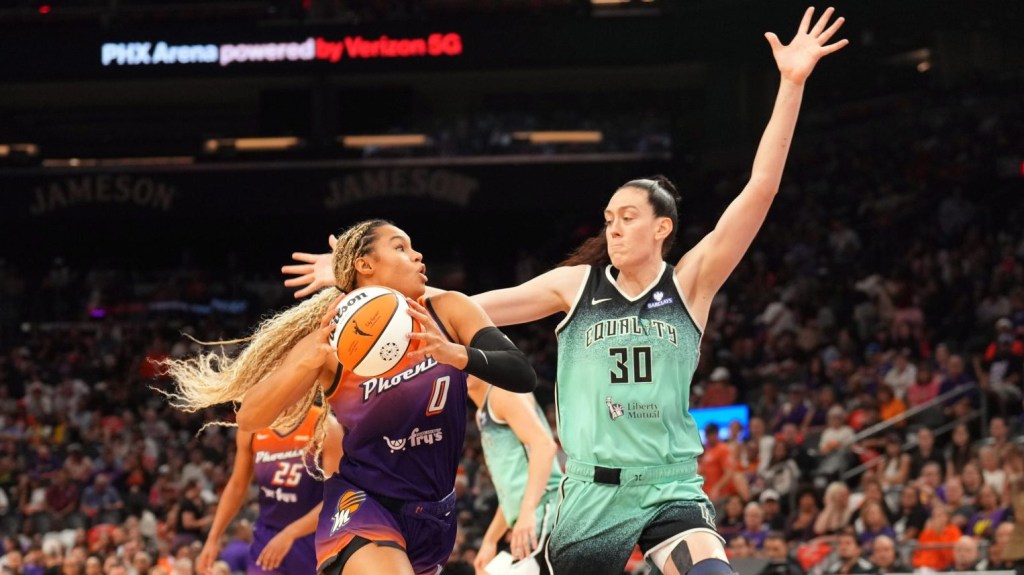Entering its third year, the Las Vegas Grand Prix is still the youngest race on the Formula One calendar. This year, it serves as a pseudo-goodbye to ESPN as the network airs its final U.S. race.
Formula One is moving to Apple TV next year after seven years on ESPN. Apple announced the deal—which last month Puck reported is worth $700 million over five years—ahead of the U.S. Grand Prix in Austin.
It’s a fitting finale for ESPN and the Las Vegas Grand Prix given their roles in the dramatic rise of Formula One in the country.
ESPN took over F1’s domestic broadcasting rights from NBC in 2018, and was a beneficiary of the racing series’ popularity boom rooted in the success of Netflix’s docuseries Formula 1: Drive to Survive, which launched in March 2019.
F1 races drew an average of about 555,000 viewers in 2018, which was about the same number as the viewership on NBC a year earlier. The number grew by 21% to 670,000 viewers the following season, which started two weeks after the launch of the Netflix docuseries. By 2022, F1 races were drawing 1.2 million viewers on ESPN networks, a 120% jump in five years.
The popularity growth led to aggressive investment in F1 in the U.S.
In March 2022, F1 announced it would return to Las Vegas for the first time since 1982, when an unsuccessful two-year stint for the Caesar Palace Grand Prix ended.
The Las Vegas GP joining the calendar in 2023 meant that the U.S. would be the only country to host three races in one season. The Miami GP joined the F1 schedule in 2022, while the U.S. GP in Austin had been a fixture on the F1 calendar for more than a decade.
A few months after the announcement of the Las Vegas GP, ESPN and F1 agreed to a new domestic broadcasting rights deal reportedly worth $75 to $90 million over three years. The deal was at most a 600% increase over its previous deal that was a reported three-year, $15 million contract.
F1’s viewership plateaued in 2023 and 2024 as the Netflix series’ viewership steadily declined in later seasons. Red Bull and star driver Max Verstappen also parlayed a dominant 2022 into a 2023 season that was one of the most lopsided in F1 history.
Similarly, the Las Vegas Grand Prix saw less fanfare in its second edition—though it was perhaps expected, given the lost novelty, and even by design. F1 chief commercial officer Emily Prazer told Front Office Sports last year that she expected the second race to be “calmer.”
Several drivers complained throughout the 2023 race weekend, including Verstappen, who called it “99% show and 1% sport.”
F1 reported 306,000 attendees last year, a slight drop from 315,000 in its first year despite significant ticket price reductions.
But this year’s edition could be another step in the right direction for F1 in Vegas, whether due to the in-person experience or for viewership numbers in its final broadcast on ESPN.
Earlier Start Time
The Las Vegas GP is pushing up its race start time by two hours, to 8 p.m. PT from 10 p.m. the last two years. The first practice start is also moving to 4:30 p.m. PT from 6:30 p.m.
This cuts the risk of another delayed practice or qualifying session. In 2023, Carlos Sainz, then a driver for Ferrari, was penalized after running over a loose drain cover on the track. The incident pushed the second practice session to 2:30 a.m. local time, which left fans in Las Vegas frustrated.
This also opens the door for fans around the country to catch the race at a reasonable hour. The last two races started at 1 a.m. ET, virtually eliminating the audiences on Eastern and Central time. Prazer told FOS that it was designed to target F1’s core audiences in Europe, Asia, and the Middle East, but she’s changed her tune this year.
“We listened, we adjusted it, and we hope that this year, it means that everybody is understanding that we are really trying to make that change,” Prazer said on the Unlapped podcast last month.
Prazer said at a conference in September that ticket sales for the 2025 race were 50% higher than at the same point last year. The Athletic reported that as of last week, the Grand Prix is projected to sell out.
Las Vegas seems to be satisfied with the changes. Talks have already started for an extension of F1’s race contract, according to the Las Vegas Review-Journal. F1 and the Las Vegas Convention and Visitors Authority have a deal until 2027, but a new deal reportedly could lock in the Las Vegas GP for five to 10 more years after that.
A Real Championship Battle
The 2025 race is the first Las Vegas GP to have true championship implications.
McLaren driver Lando Norris has a 24-point lead over team teammate Oscar Piastri, who was the championship leader for most of the season. Verstappen is still mathematically in the running, but the winner of the last four drivers’ championships could be officially eliminated if Norris scores at least nine points more than him in Las Vegas.
In 2023, Verstappen had already secured the title before F1 arrived in Las Vegas, which was then the second-to-last race on the calendar. It was moved to the third-to-last race last year, and Verstappen was so far ahead that he clinched the championship in Las Vegas despite finishing fifth.
